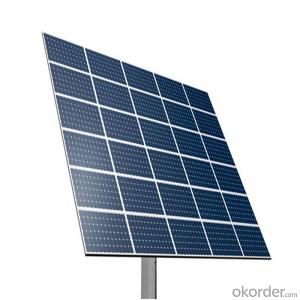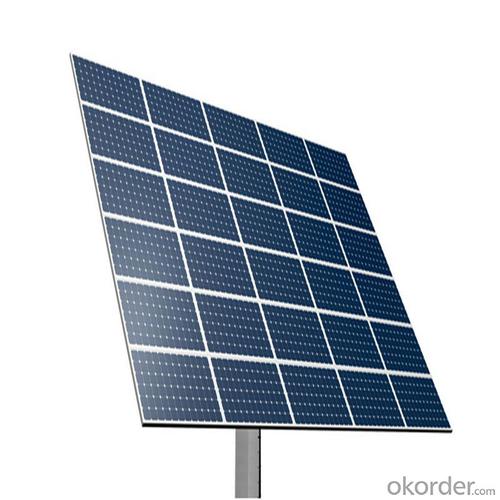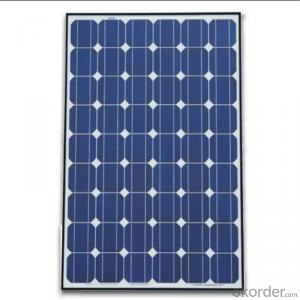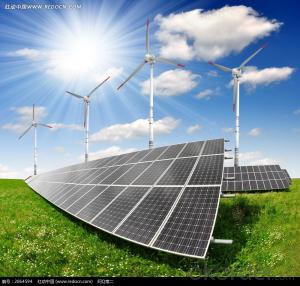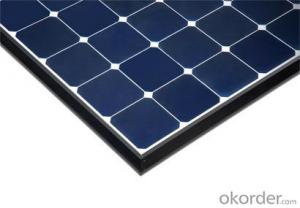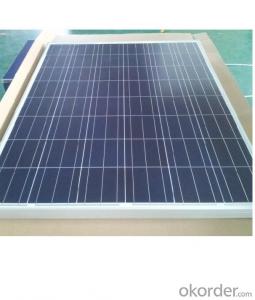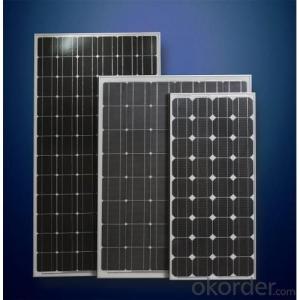Low Priced Solar Panels - 200w 72 Cell Solar Photovoltaic Module
- Loading Port:
- China main port
- Payment Terms:
- TT OR LC
- Min Order Qty:
- 1000 watt
- Supply Capability:
- 500000 watt/month
OKorder Service Pledge
OKorder Financial Service
You Might Also Like
Specification
Instruction
1) Product name: solar panel / module
2) Solar cell: Mono-crystalline / Poly-crystalline / Amorphous
3) Tempered glass laminated with aluminum frame
4) Life time: 20 - 25 years
5) Temperature co-efficiency: A=+1,46mA B=-79mV, Rp/p=-0.43
6) Power specification at 1kW/m 2, AM 1, 5
7) Output cable: multi contact connectors
8) Construction:
a) Front: High-transmission 32mm tempered glass
b) Back: TPT
c) Encapsulant: EVA
9) Frame: aluminum
10) Certification: CE, TUV
Feature
1. Nominal 18V DC for standard output.
2. Cable connectors for easy installation.
3. Outstanding low-light performance.
4. Splendid aesthetic appearance and easy installation.
5. High efficiency & high stability.
6.Advanced EVA encapsulation system with TPT back sheet to improve product modules
7. Design to meet unique demand of customer.
8.25 year module output warranty.
9. Rugged design to withstands high wind pressure and snow load, easy installation.
10. Designed to comply with rigorous operating conditions, including test.
Images
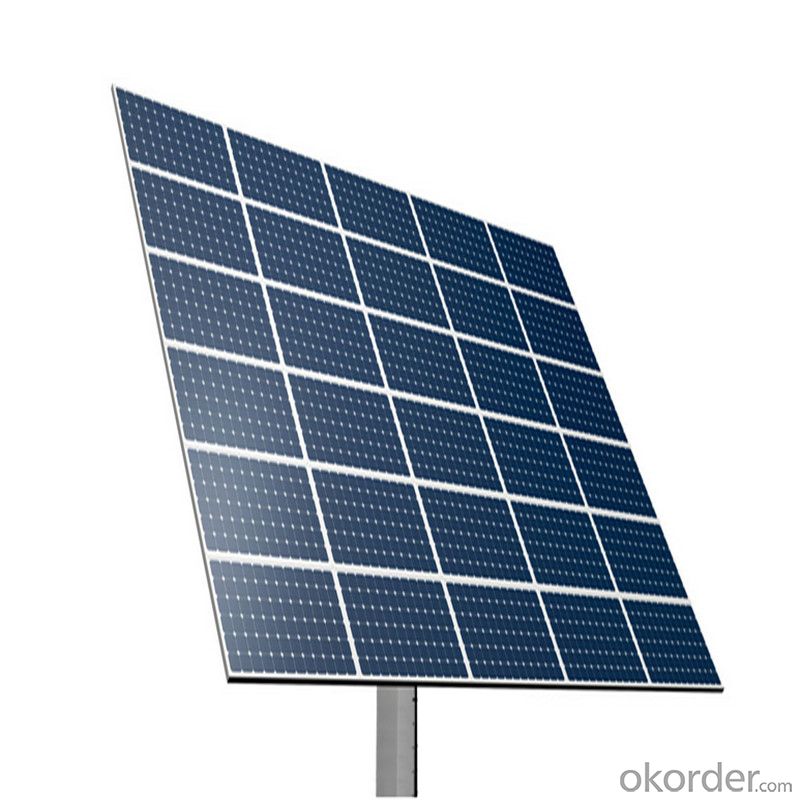
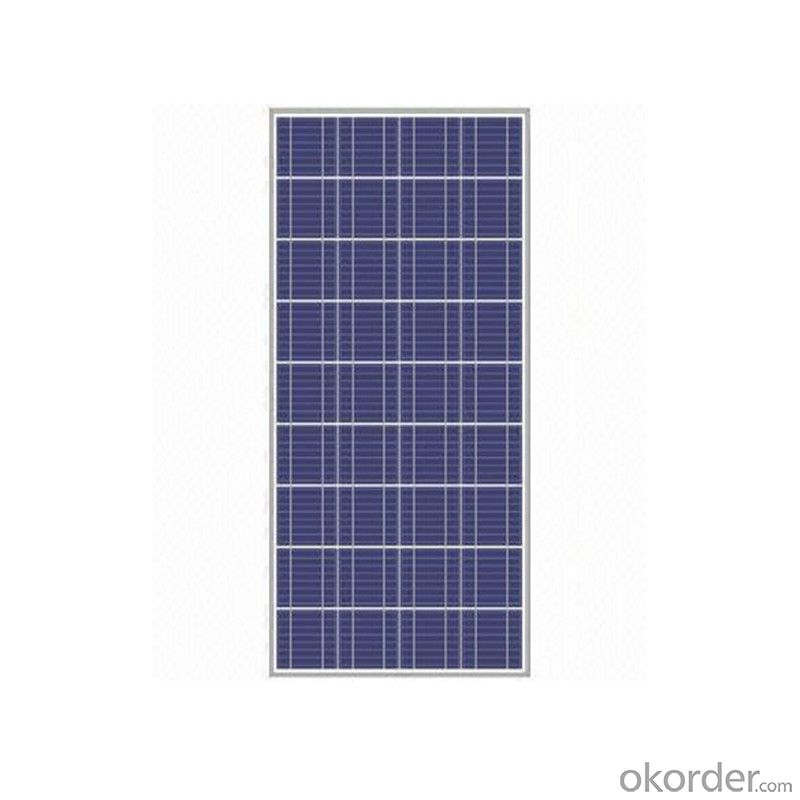
Specification
Dimension (mm) | 1640*992*40 |
NO of Cells and Connections | 60(6x10) |
Weight(kg) | 18.5 |
Tolerance | 0~+5% |
Cell | Polycrystalline Cell 156 x 156 mm |
Operating Temperature | –40 °C to +85°C |
Max System Voltage(VDC) | 1000 |
Packing | 312PCS/20ft(H) Container |
FAQ
We have organized several common questions for our clients,may help you sincerely:
1). What’s price per watt?
A: It’s depends on the quantity, delivery date and payment terms of the order. We can talk further about the detail price issue. Our products is high quality with lower price level.
2). Can you tell me the parameter of your solar panels?
We have different series of cells with different power output, both from c-si to a-si. Please take our specification sheet for your reference.
3). How do you pack your products?
We have rich experience on how to pack the panels to make sure the safety on shipment when it arrives at the destination.
4). How long can we receive the product after purchase?
In the purchase of product within three working days, We will arrange the factory delivery as soon as possible. The perfect time of receiving is related to the state and position of customers. Commonly 7 to 10 working days can be served.
- Q: in a solar panel, i know that the electrons are knocked loose and used as energy, what happens to the protons?
- Here okorder /... Within this structure, the electrons are not really lost from the system. An electron just gets enough energy (from light) to be able to leave its atom, and float freely around the structure. Hence you have electrons in motion, which is the definition of electric current. If the lights go out, the electrons just settle back into one of the atoms that is missing an electron.
- Q: What is the impact of snow accumulation on solar panels' performance?
- Snow accumulation on solar panels can have a significant impact on their performance. When snow covers the panels, it blocks sunlight from reaching the photovoltaic cells, reducing their ability to generate electricity. Additionally, the weight of the snow can put stress on the panels and potentially damage them. However, some modern solar panels are designed with anti-reflective coatings and tilted surfaces to minimize snow accumulation and aid in self-cleaning. In regions with heavy snowfall, regular cleaning or snow removal may be necessary to maintain optimal solar panel performance.
- Q: the solar panel works with LEDs, small bulbs,etc but neve with any dcmotor. Please help. I have a science exhibition.
- BECAUSE IT COULD ENOUGH SUPPORT ENOUGH CURRENT, VOLTAGE DROPS DOWN NEAR V WHILE OVERLOADED WITH MOTOR. BUY A VERY LARGE SIZE SOLAR CELL WILL FIX IT.
- Q: Can solar panels be used off-grid?
- Yes, solar panels can be used off-grid. Off-grid solar panels generate electricity from the sun and store it in batteries, allowing them to provide power in remote or isolated locations without relying on a traditional electrical grid.
- Q: This is for my science project and i cannot figure it outWe assumed that blue light shining on a solar panel would give off the higher volt reading because it has the shortest wavelength and the highest energy, but it was actually the lowest. Why does this happen? Im very confused And cant find the answer anywhere.... ,thank you!!
- Surely the highest volt reading will result from the wave with the largest amplitude, wavelength irrespective? You'd need to know the amplitude of the wave AFTER leaving the colour filter, since different chemicals and pigments in the filter would naturally affect the resulting wave in different ways.
- Q: why don't we take a cue from mother nature and make our soar panels like trees? thousands of leaves or needle (like a pine tree) instead of one big flat panel? I mean it seems to work pretty good for all the plants i see why would it not work for us. It would be aesthetically pleasing and with the right engineering wouldn't it make them not have to worry about tracking the sun? i already have some ideas about the process of making them just no available labratory.
- Because we and the trees are trying to solve a different problem. We want electricity, a tree wants light (and some heat) for photosynthesis. In getting the electricity we use Silicon for solar panels. (Sometimes Gallium Arsenide). And we exploit the same thing in Silicon that allows them to be computer chips. The fact that they conduct differently when voltage is applied. But for a solar panel that is done essentially in reverse. We GET a voltage difference (electricity) from shoving energy through it. Look up junction bias on google or yahoo for explanation. But the DESIGN problem is: You have to couple these panels together the right way - according to their bias. You can't string them up willy nilly. There is a pattern. And when one breaks in this pattern. (I mean when the actual panel cracks, which they do easily as they are brittle). It can change the overall bias. This can make even be worse than if it was removed, it can actually fight against the working ones. The efficiency is there in arranging them like a tree, but the practicality of maintenance would be daunting.
- Q: but is that per day, per hour or minute?How much watts does the average AC unit use?How much does an energy efficient lightbulb use?All in all let's hypothetically say we no longer use the electric company for our energy source, How many of these panels do you estimate it would take to supply our small home?
- Some great answers 23 max watts is per hour I live in an area that has 5.5 average sun hours per the solar insolation data which would give me a base of 676 watts produced per day for one panel. That 23 watts is most likely STC or standard test conditions which is far from standard it is ideal 70 degrees Farenheit with a 000 set flash PTC or physical test conditions are not always on labels and are not always accurate because of varied conditions. Heat has a huge factor on PV production. The panels should be derated by for the following reason ampacity correction or line loss Temperature correction PTC correction Inverter loss these corrections account for about 5 % on standard panels Our 676 watts per day has been dropped to 574 watts per day per panel Lets start with the light bulb. a standard 60 watt bulb uses 60 watts per hour. With the one panel we have chosen it would produce 5 hours and 45 minutes of illumination If we switch to a 5w CFL we get 38 and one half hours of illumination quite a difference yes Central Air will use about 2000 to 2500 watts per hour.This rule is not hard and fast as units will vary as well as conditions Lets use 2000 per hour times 8 hours of use is 6,000 watts we need 28 panels just for the ac. Probably another 28 for the rest of the house Of course these panel must be true south at 5 degrees mounted With a years worth of electric bills and a site visit I could come allot closer but lets say you need 60 of these panels this system would provide 973kHw per month at my location of 5.5 sun hours per day This would be a grid tied system as most state rebates require a grid tied system to qualify for rebates
- Q: OK so how do these solar panels supplement the AC from the grid? Like do they invert the output of the solar panels and sync two AC sources together? If so how and with what? Or do they convert the AC from the grid to DC and then supplement and then invert it? If so how and with what? Thanks
- The okorder /
- Q: I would like to know how much a solar panel would cost for a wingspan of 208 ft for a plane
- 2,000 that we have used 4 project , its based on the cell size
- Q: Are there any risks of fire associated with solar panels?
- Yes, there are some risks of fire associated with solar panels. While solar panels themselves do not combust, there have been instances where electrical malfunctions, such as faulty wiring or improper installation, have led to fires. Additionally, if a fire breaks out in the vicinity of solar panels, it can be more challenging for firefighters to extinguish due to the electric current flowing through the panels. However, when installed and maintained properly, the risks of fire are relatively low.
Send your message to us
Low Priced Solar Panels - 200w 72 Cell Solar Photovoltaic Module
- Loading Port:
- China main port
- Payment Terms:
- TT OR LC
- Min Order Qty:
- 1000 watt
- Supply Capability:
- 500000 watt/month
OKorder Service Pledge
OKorder Financial Service
Similar products
Hot products
Hot Searches
Related keywords
